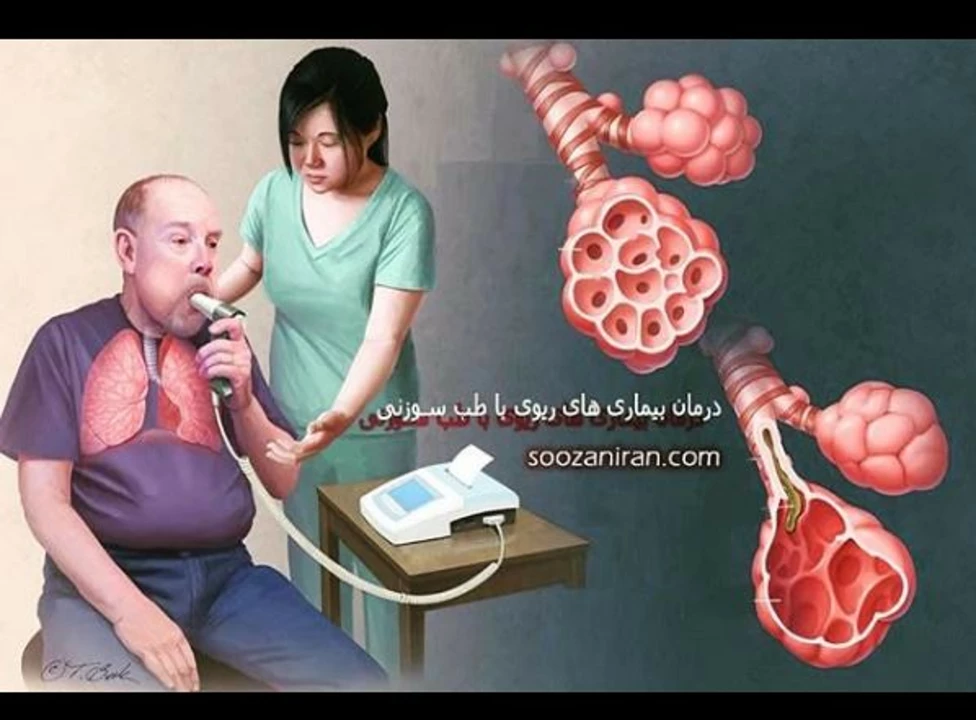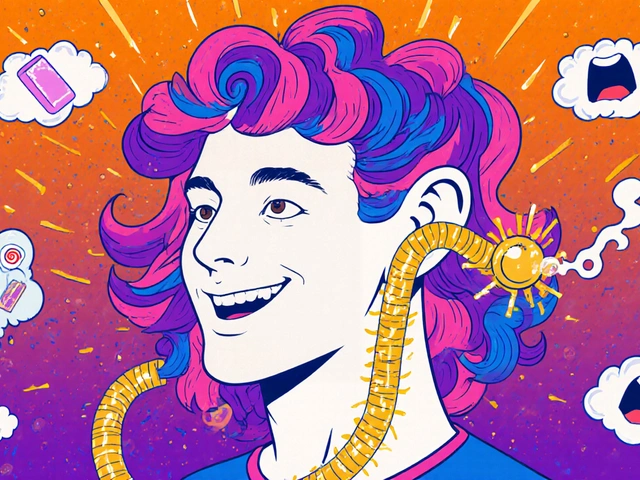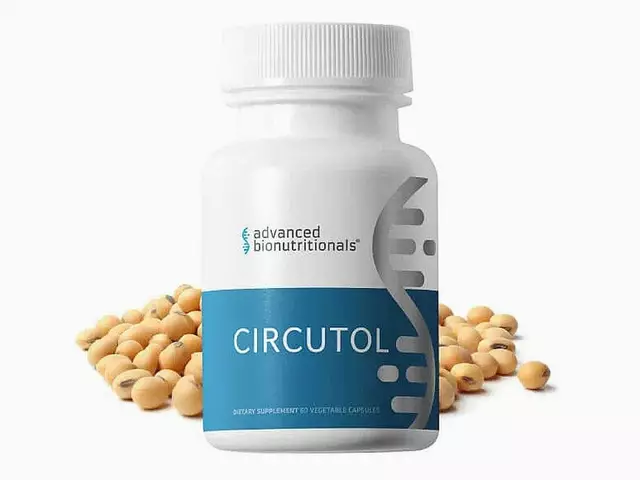Chronic Obstructive Pulmonary Disorder (COPD) – What You Need to Know
If you've heard the term COPD and wondered if it applies to you or someone you know, you're in the right place. COPD stands for chronic obstructive pulmonary disorder, a long‑term lung condition that makes breathing harder. It usually shows up after years of smoking or exposure to dust, chemicals, or polluted air. The good news is that early detection and simple lifestyle tweaks can keep symptoms from getting out of hand.
Common Symptoms and Triggers
Most people with COPD notice a persistent cough, shortness of breath during everyday tasks, and a feeling of tightness in the chest. You might also hear a wheeze or produce mucus more often than usual. Triggers are anything that irritates your lungs – smoke, strong smells, cold air, or even a bout of flu can make symptoms flare up. If you catch these signs early, you can avoid a full‑blown attack by stepping back from the trigger and using quick‑relief inhalers.
Managing COPD – Tips and Treatments
The cornerstone of COPD care is quitting smoking. No matter how long you've smoked, stopping now slows down lung damage. Talk to your doctor about nicotine patches or prescription aids if you need help. Next up: medication. Common options include bronchodilators like the Combimist L inhaler, which opens airways and eases breathing. Steroids such as Medrol can reduce inflammation during flare‑ups, but they should be used under strict medical guidance.
Beyond meds, regular exercise strengthens the muscles you use to breathe. Even a short walk each day makes a difference. Breathing exercises—like pursed‑lip breathing or diaphragmatic breathing—help keep your lungs working efficiently. Keep an eye on vaccinations; flu shots and pneumonia vaccines lower the risk of serious infections that can worsen COPD.
Nutrition also plays a role. A balanced diet with plenty of fruits, vegetables, and lean protein supports overall health and helps maintain a healthy weight. Being under‑weight puts extra strain on breathing muscles, while excess weight makes the lungs work harder.
If you ever feel sudden severe shortness of breath, chest pain, or a change in mucus color, treat it as an emergency. Call your doctor or go to the nearest ER right away. Having a written action plan—what meds to take and when to seek help—makes those moments less scary.
Living with COPD doesn't mean giving up on life. Many people keep active hobbies, travel, and enjoy time with family by staying on top of their treatment plan. Use tools like online medication guides (for example, our articles on Prednisone or Bactrim) to stay informed about safe drug use.
Ready to take control? Start by checking your symptoms against this list, schedule a check‑up, and ask your doctor about a personalized COPD action plan. Small steps today can keep your lungs healthier tomorrow.
The Benefits of Art Therapy for Chronic Obstructive Pulmonary Disorder Patients
As a chronic obstructive pulmonary disorder (COPD) patient, I've discovered that art therapy has numerous benefits for people like me. Not only does it help reduce anxiety and stress, but it also improves our mental well-being and overall quality of life. Engaging in creative activities allows us to express our emotions and cope with the challenges of living with COPD. Furthermore, art therapy promotes relaxation and mindfulness, which are essential for maintaining a healthy lifestyle. I encourage fellow COPD patients to explore art therapy and experience the positive impact it can have on our lives.






